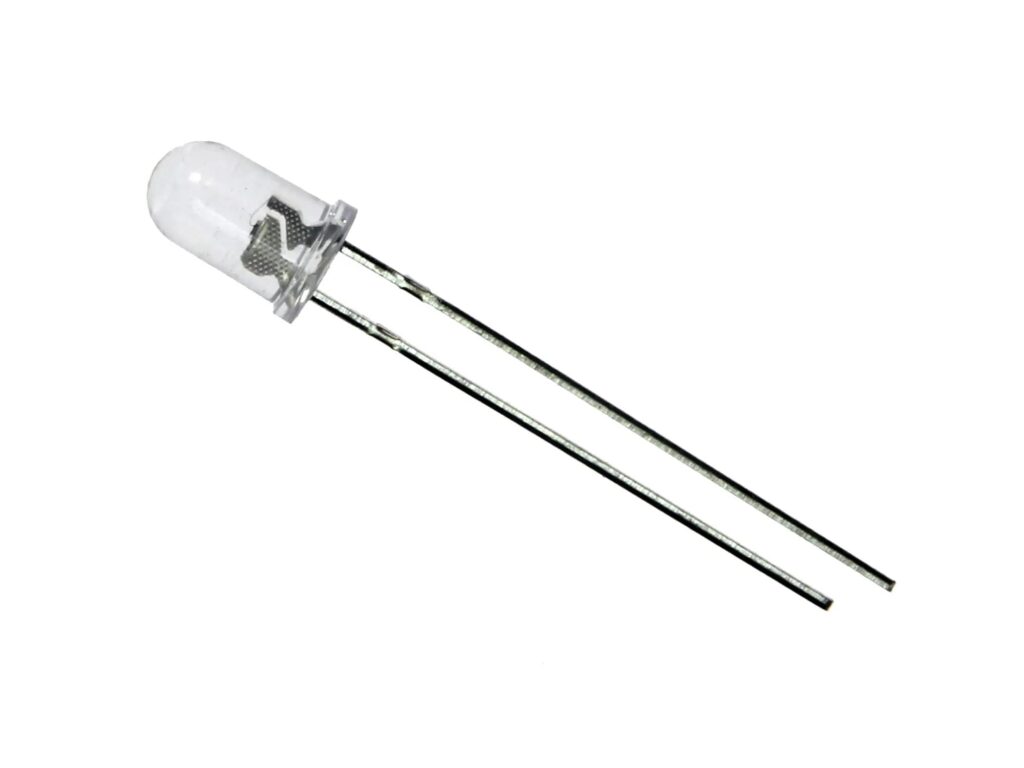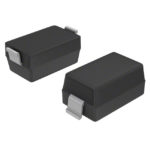Why is Phototransistor important?
What is meant by Phototransistor?
- A phototransistor is a light-sensitive transistor that increases the current directly to the amount of light that strikes its base. Current can flow through a phototransistor when light shines on it. Light sensors, optical switches, and infrared detectors are a few of the many uses for phototransistors in technology.
- Two components make up the device: a photodiode, which absorbs photons and generates electricity, and a transistor, which amplifies this current. They are constructed from at least two areas of a semiconductor material like silicon. Light can enter one of these areas. They are also called photo resistors or photoconductors and are commonly used in digital cameras and bar code scanners.
- In electronics, a photocell is used to detect light and dark conditions. It consists of two terminals connected to a diode. When exposed to light, the voltage across the terminals changes, thereby changing the resistance of the circuit.
- They have many uses, including photoelectric cells, detectors, infrared sensors, and photoconductors. Three types of phototransistors exist silicon, germanium, and gallium arsenide.

Working of Phototransistor:
- Emitters, base, and collector end are present in a typical transistor. The BE junction is reverse-biased, and the collector terminal is positively biased about the emitter terminal. When light hits the base terminal, it turns on by letting current pass across the emitter or collector and triggering it by enabling hole-electron pair configuration.
- As the current grows, it becomes focused and transforms into voltage. Typically, a base connection is absent. The base terminal is disconnected as the light is used to supply current throughout the Phototransistor. Similar to a typical transistor, which multiplies the base current to produce the collector current, it only requires two pins because the base current is determined by the quantity of visible or infrared light. The wavelength of the incident light affects the output of this.
- These devices respond to light over a wide range of wavelengths from the near UV region of the spectrum to the visible content and into the immediate IR region. The area of the visible collector-base junction and the transistor’s DC gain determine a phototransistor’s output for a specific light source illumination level.
Why is Phototransistor important?
- Better Efficiency Compared to Photodiode:
The Phototransistor has a higher efficiency than a photodiode. This is so because even if the amount of light incident on both devices is the same, the Phototransistor will produce more photocurrent than the photodiode due to its higher current gain.
- Faster Response:
Using it in the circuit gives a phototransistor a faster response time than a photodiode.
- Less noise interference:
One of the biggest problems with photodiodes, particularly avalanche photodiodes, is that they are susceptible to noise interference. However, they are impervious to noise interference.
- Cost-effective:
Using phototransistors in light-sensitive applications is financially advantageous since they are less expensive than other light-sensitive devices.
- Less Complicated:
Compared to LDRs and photodiodes, this design is simpler and less complicated.
Benefits of the Phototransistor:
They differ from other optical sensors in several significant ways, some of which are listed below:
- Phototransistor generates more current than photodiodes.
- It can be fitted onto a single integrated computer chip since they are generally cheap, straightforward, and tiny.
- They can produce output almost instantly because of their high speed.
- They are unable to produce a voltage, whereas they can produce.
- They are relatively sensitive since they have a high gain.
- These electronic components are essentially transparent transistors, so they are relatively inexpensive.
- They can be put inside an integrated circuit.
- It gives a respectable speed.
Uses of Phototransistor:
The following uses of it are as follows in given below:
- They are used for detecting light intensity or light level. They are widely used in various applications such as photoelectric cells, infrared detectors, night vision equipment, optical communications systems, etc.
- As they are very sensitive light detectors, they are used for light control and detection. As a result, these are frequently utilized in applications for controlling and detecting light.
- The device’s usage in indicating the level of some systems is made possible by its capacity to sense light.
- It is possible to successfully use it in counting systems because of its extraordinary capacity to simultaneously function as a photodiode and a transistor. Therefore, a supply failure won’t have a significant negative impact on the system.
- Punch card readers use it extensively for reading punch cards.
- These components are often used in optical communications systems because they are sensitive enough to detect faint light signals.
- It has a high input impedance and low output impedance. It is sensitive to light between 300 nm and 1100 nm wavelengths.
- Structure of Phototransistor:
Ordinary bipolar transistors can become photosensitive when light exposure, but phototransistor structures are specifically designed for photo applications. The base and collector regions are significantly greater than those of a typical transistor. Diffusion or ion implantation was typically used in the fabrication of these devices. Modern phototransistors use type III-V semiconductors like gallium arsenide and similar materials. Negative systems are employed, and NPN junction transistors fit this mode of operation well, making NPN transistor variants more widespread. Because they offer a high conversion efficiency, hetero structures that use several materials on either side of the PN junction are also well-liked. Typically, these are created through the epitaxial growth of materials with matching lattice structures.
Conclusion:
A phototransistor is an electronic device used as a light detector. It consists of two diodes connected by a resistor. When there is no light on the diode, the transistor conducts current from one side of the circuit towards the other. When light is present on the photosensitive element, it blocks the flow of current, and the transistor stops conducting. They are light-sensitive diodes used for decades in various applications to detect light or other forms of electromagnetic radiation. International standards have been used to conduct thorough testing on all products. BOMZON is the market’s top manufacturer of these electrical products. Visit our website to check if we have the ideal product for you!


